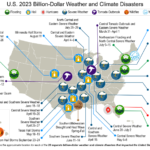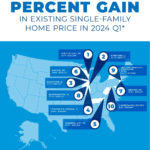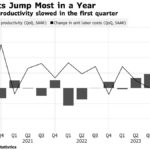The construction cranes dotting the skylines of major North American cities are largely working on residential projects, according to the July 2018 Crane Index report by Rider Levett Bucknall, the international property and construction consultancy. The data released this week also shows the national tower crane tally is climbing. There were 423 construction cranes counted in July 2018, a more than 10 percent increase from to the 383 cranes counted in January 2018.
The cities with the highest construction crane tally include Boston; Calgary; Chicago; Denver; Honolulu; Los Angeles; New York; Phoenix; Portland, Ore., San Francisco; Seattle; Toronto; and Washington, D.C.
“The increase in the net crane count indicates that the construction industry is prospering, despite a tight labor market, rising interest rates, and materials tariffs,” says Julian Anderson, president of Rider Levett Bucknall North America. “Our outlook for the industry through the end of the year remains positive.”
Seattle topped the U.S. list again with 65 citywide cranes, up from 45 in January. The city’s leading sectors are mixed-use (27 cranes), residential (17), and commercial (11). Chicago follows with 40 crane construction projects, up from 36 in January. Residential rental developments and mixed-use towers dominate the skyline, contributing 21 and 2 cranes, respectively.
But Toronto leads all of North America for the third consecutive Crane Index report, with a total of 97 construction cranes this summer. The market continues to be led by the residential sector, which makes up more than 86 percent of the city’s total crane count.
Also of note, Boston’s skyline is busy—it added seven new cranes, bringing the total to 13, up from eight in the January report.
The top three sectors by crane count in North America are:
- Residential (44%)
- Mixed-use (26%)
- Commercial (12%)
Source:













